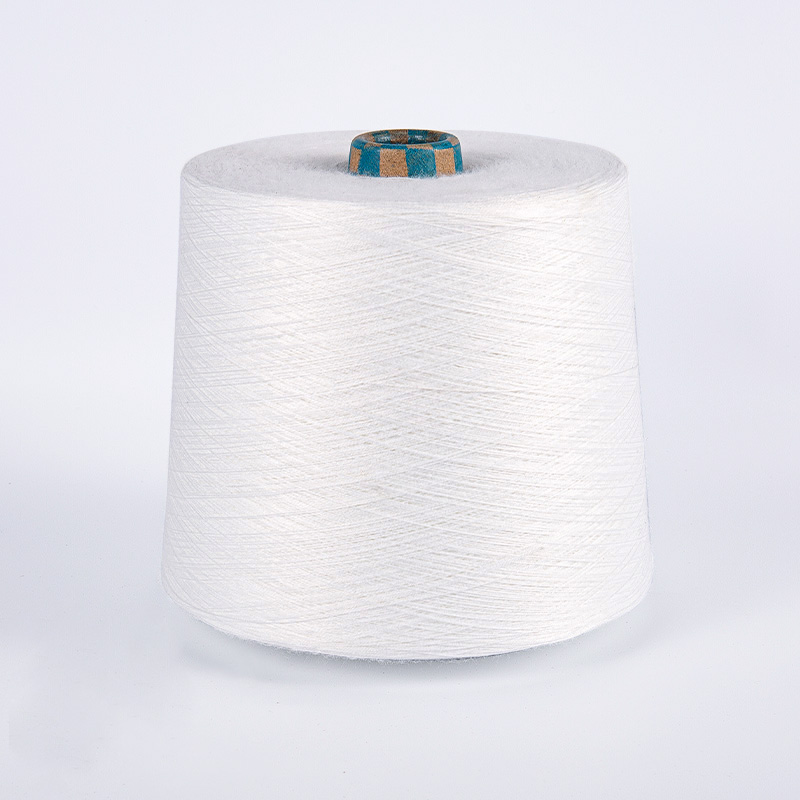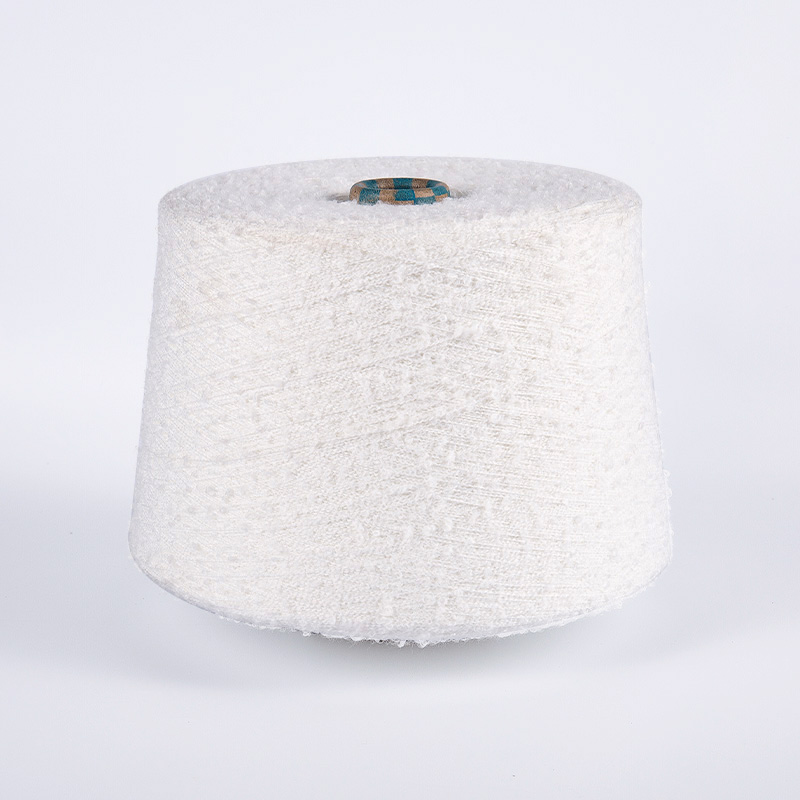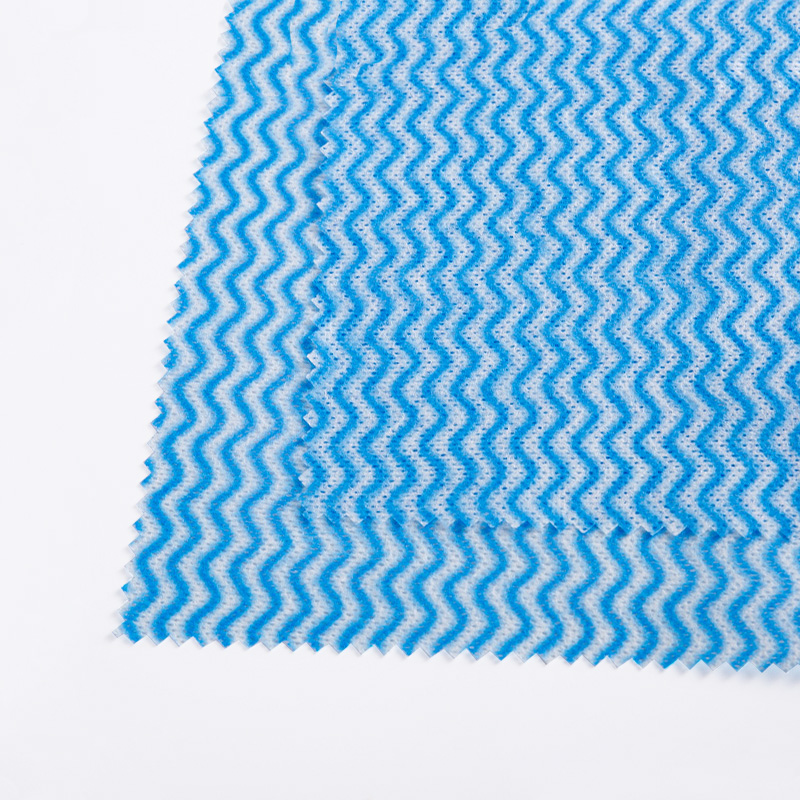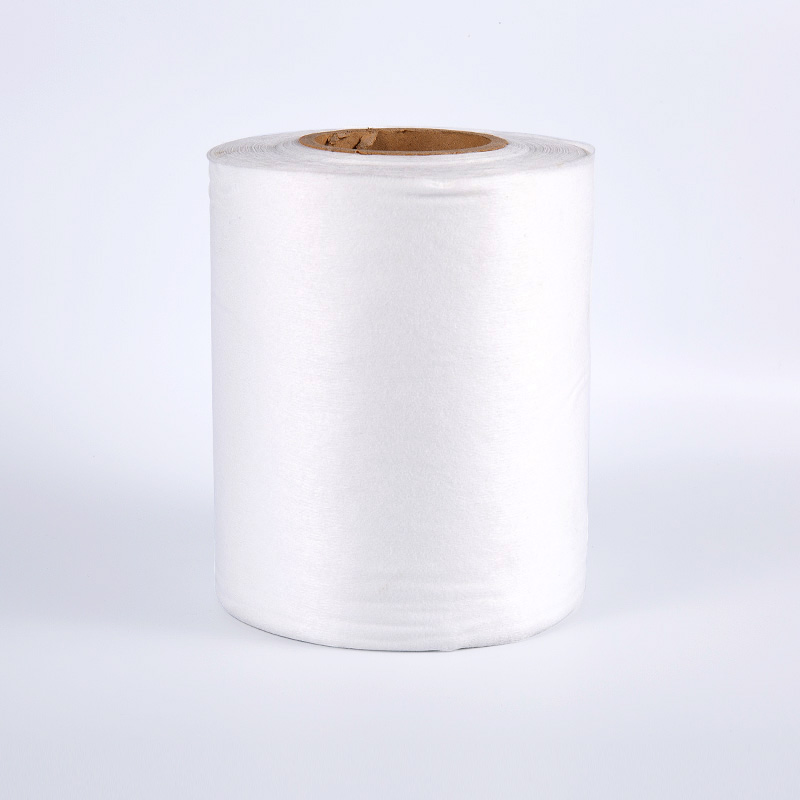
Beyond the Basics: Unraveling the World of Chemical Fiber Polyester Yarn
Posted by Admin | 22 Jul
I. Introduction
The modern world is interwoven with synthetic fibers, silently shaping our daily lives from the clothes we wear to the industrial materials that build our infrastructure. Among these, chemical fiber polyester yarn stands out as a ubiquitous and indispensable material. Polyester, a synthetic polymer, is meticulously processed into yarn, forming the backbone of countless products across diverse industries. This article delves into the fundamental aspects of chemical fiber polyester yarn, exploring its intricate production processes, remarkable properties, vast applications, and its evolving role in a world increasingly focused on sustainability and innovation. Polyester yarn's versatility, economic significance, and continuous advancements underscore its critical position in both contemporary manufacturing and future material science.
II. Understanding Polyester: The Basics
At its core, polyester is a synthetic polymer primarily composed of polyethylene terephthalate (PET). Its robust nature stems from its unique chemical composition and structure.
A. Chemical Composition and Structure
The primary monomers used in polyester production are purified terephthalic acid (PTA) or its derivative dimethyl terephthalate (DMT), and monoethylene glycol (MEG). These monomers undergo a chemical reaction known as condensation polymerization. During this process, individual monomer units link together, forming long, repeating polymer chains and releasing a small molecule (like water) as a byproduct. The resulting molecular structure of polyester is characterized by strong ester linkages along the polymer backbone. This highly ordered, linear arrangement of molecules contributes significantly to polyester's inherent strength, rigidity, and thermal stability.
B. Types of Polyester
While PET (Polyethylene Terephthalate) is by far the most common and widely used type of polyester, particularly for textiles and packaging, other variations exist, each offering distinct properties:
- PET (Polyethylene Terephthalate): Dominant in textiles, bottles, and films due to its excellent strength, clarity, and barrier properties.
- PBT (Polybutylene Terephthalate): Known for its higher elasticity and resilience compared to PET, often used in stretch fabrics and engineering plastics.
- Other less common types (e.g., PCT - Polycyclohexylenedimethylene Terephthalate): These are used for specialized applications requiring specific thermal or chemical resistance.
III. Production Process of Polyester Yarn
The transformation of crude oil derivatives into fine polyester yarn is a complex, multi-stage industrial process.
A. Raw Material Preparation
The journey begins with crude oil, which is refined to produce petroleum-based raw materials. These include paraxylene, which is then oxidized to produce purified terephthalic acid (PTA), and ethylene, which is hydrated to produce monoethylene glycol (MEG). These raw materials undergo rigorous purification to ensure the high quality and consistency required for polymerization.
B. Polymerization
Once purified, PTA (or DMT) and MEG are reacted in large reactors. This polymerization can occur through:
- Batch vs. Continuous processes: Batch processes involve discrete polymerization runs, while continuous processes maintain a steady flow of reactants and products, offering higher efficiency for large-scale production.
- Key parameters: Precise control over temperature, pressure, and the use of catalysts are crucial to achieve the desired polymer molecular weight and viscosity. The reaction forms molten polyester polymer.
Parameter Description/Value Temperature Typically 250-300°C Pressure Crucial for desired polymer molecular weight and viscosity Catalysts E.g., antimony compounds
C. Spinning Methods
The molten polyester polymer is then converted into continuous filaments through spinning:
- Melt Spinning (most common for polyester): This is the predominant method due to polyester's thermoplastic nature.
- Extrusion through spinnerets: The molten polymer is extruded under high pressure through tiny holes in a device called a spinneret, forming fine streams of liquid polymer.
- Cooling and solidification: These streams are immediately cooled by a current of air, causing them to solidify into continuous filaments.
- Other methods: While less common for polyester, methods like solution spinning (where the polymer is dissolved in a solvent and then extruded) are used for other fiber types.
D. Post-Spinning Processes
After spinning, the raw filaments undergo further processing to develop their final properties:
- Drawing/Stretching: The newly formed filaments are stretched, often by passing them over heated rollers. This process, known as drawing, causes the polymer molecules to align themselves parallel to the fiber axis, significantly increasing the yarn's tensile strength, stiffness, and dimensional stability.
- Texturizing: To impart bulk, stretch, and a more natural feel, polyester yarns are often texturized. Common types include:
- DTY (Drawn Textured Yarn): Known for its stretch and bulk, widely used in apparel.
- FDY (Fully Drawn Yarn): A smooth, strong, and lustrous yarn, often used for weaving and knitting.
- POY (Partially Oriented Yarn): An intermediate yarn that requires further drawing and texturizing.
- Winding and Packaging: Finally, the finished polyester yarn is wound onto bobbins or cones and packaged for distribution to textile manufacturers and other industries.
IV. Properties of Chemical Fiber Polyester Yarn
Polyester yarn's widespread adoption is largely due to its remarkable array of properties, making it suitable for diverse applications.
A. Physical Properties
- Strength and Durability: Polyester boasts high tensile strength, meaning it can withstand significant pulling forces without breaking. It also exhibits excellent abrasion resistance, making fabrics and products highly durable and long-lasting.
- Elasticity and Resilience: While not as elastic as spandex, polyester has good elasticity and exceptional resilience, allowing fabrics to resist wrinkles and retain their shape even after repeated wear and washing.
- Dimensional Stability: Polyester fibers have low shrinkage and resist stretching, ensuring that garments and products maintain their original size and form.
- Moisture Management: Polyester has very low absorbency, meaning it repels water and dries quickly. This property makes it ideal for sportswear and outdoor gear.
- Thermal Properties: Polyester has a relatively high melting point (around 250-260°C) and can be heat-set, allowing fabrics to retain pleats and creases permanently.
B. Chemical Properties
- Resistance to chemicals: Polyester is highly resistant to most common chemicals, including acids, weak alkalis, and many organic solvents, making it suitable for industrial applications and easy to clean.
- Resistance to UV radiation and weathering: It performs well in outdoor environments, showing good resistance to degradation from sunlight and various weather conditions.
- Resistance to biological agents: Polyester is naturally resistant to mildew, mold, and insect damage, contributing to its longevity and hygienic properties.
C. Aesthetic Properties
- Luster and drape: Polyester yarn can be engineered to have varying degrees of luster, from bright and shiny to dull and matte. It can also achieve a good drape, mimicking natural fibers.
- Dyeability and colorfastness: While initially challenging to dye, advancements have made polyester highly dyeable, and it exhibits excellent colorfastness, meaning colors resist fading even after extensive washing and exposure.
- Feel/Hand: Through various texturizing and finishing processes, polyester yarn can be engineered to create a wide range of textures and feels, from crisp and smooth to soft and wool-like.
V. Applications of Polyester Yarn
The versatility of polyester yarn has led to its extensive use across numerous sectors.
A. Textile Industry
- Apparel: Polyester is a staple in the apparel industry, found in sportswear (due to its moisture-wicking properties), outerwear, casual wear, and even formal wear, often blended with other fibers.
- Home Textiles: It is widely used in bedding (sheets, comforters), curtains, upholstery fabrics, and carpets due to its durability, stain resistance, and ease of care.
- Technical Textiles: This is a rapidly growing area where polyester's strength and resistance are critical. Applications include seatbelts, ropes, fishing nets, geotextiles (for soil stabilization), conveyor belts, and filter fabrics.
B. Non-Textile Applications
- Packaging (PET bottles): Polyester's excellent barrier properties and clarity make it the material of choice for beverage bottles and other food packaging.
- Films and sheets: Polyester films are used in various applications, including photographic films, magnetic tapes, and electrical insulation.
- Industrial composites: Polyester resins are used as matrices in fiberglass and other composite materials for applications in automotive, marine, and construction industries.
VI. Advantages and Disadvantages
Like any material, polyester yarn comes with its own set of pros and cons.

A. Advantages
- Cost-effectiveness: Polyester is generally more economical to produce than many natural fibers, making it a popular choice for mass production.
- Versatility and adaptability: Its properties can be engineered to suit a vast array of applications, from soft apparel to rigid industrial components.
- Durability and easy care: Its strength, wrinkle resistance, and quick-drying nature make polyester products highly durable and low-maintenance.
- Resistance to environmental factors: It stands up well against sunlight, chemicals, mildew, and insects, contributing to its longevity.
B. Disadvantages
- Environmental concerns: The primary disadvantage is its reliance on fossil fuels for production and its non-biodegradable nature, leading to microplastic pollution and waste accumulation.
- Breathability issues: In its pure, tightly woven forms, polyester can feel less breathable than natural fibers like cotton, leading to discomfort in warm climates.
- Pilling tendency: Some polyester fabric constructions, especially those with shorter fibers, can be prone to pilling (small balls of fiber forming on the surface).
- Static electricity build-up: Polyester can generate static electricity, which can be a minor nuisance in certain applications.
VII. Environmental Impact and Sustainability
The environmental footprint of polyester production and disposal is a significant concern, driving efforts towards more sustainable practices.
A. Challenges
- Reliance on fossil fuels: Traditional polyester production is heavily dependent on petroleum, a non-renewable resource, contributing to carbon emissions.
- Energy and water consumption in production: The manufacturing process, particularly polymerization and spinning, is energy-intensive and requires substantial water.
- End-of-life disposal and microplastics: As a non-biodegradable material, polyester contributes to landfill waste. Furthermore, washing polyester textiles releases microplastic fibers into waterways, posing a threat to aquatic ecosystems.
B. Sustainable Solutions and Innovations
The industry is actively pursuing various avenues to mitigate these impacts:
- Recycled Polyester (rPET): This involves manufacturing new polyester fibers from post-consumer or post-industrial PET waste, significantly reducing the need for virgin petroleum and diverting waste from landfills.
- Bio-based Polyester: Research and development are focused on producing polyester from renewable resources, such as plant-based sugars, reducing reliance on fossil fuels.
- Improved manufacturing processes: Innovations aim to reduce energy and water consumption, minimize waste generation, and implement cleaner production technologies.
- Circular economy initiatives: Efforts are being made to establish closed-loop systems where polyester products can be collected, recycled, and reused indefinitely, minimizing waste and resource depletion.
VIII. Future Trends and Innovations
The future of polyester yarn is characterized by continuous innovation, driven by technological advancements and a growing emphasis on sustainability and functionality.
A. Smart Textiles
The integration of electronics into polyester fibers is leading to the development of smart textiles with capabilities such as sensing, heating, cooling, and even communication, opening up new possibilities for wearable technology and functional garments.
B. Advanced Functional Yarns
Ongoing research is yielding polyester yarns with enhanced functional properties, including:
- Antimicrobial: For hygiene-sensitive applications.
- Flame-retardant: For safety in specialized textiles.
- UV-protective: For outdoor and protective clothing.
- Other features like moisture-wicking, temperature regulation, and odor control.
C. Enhanced Sustainability Efforts
The push for sustainability will intensify, with further advancements in bio-based polymers, chemical recycling technologies, and initiatives to create fully circular polyester economies.
D. Customization and Niche Applications
As manufacturing processes become more precise, there will be greater opportunities for customizing polyester yarns to meet highly specific performance requirements for niche applications, from medical textiles to advanced composites.
IX. Conclusion
From its humble beginnings as a laboratory creation, chemical fiber polyester yarn has evolved into a global powerhouse, underpinning countless industries and products. Its journey from crude oil derivatives to a versatile and durable fiber showcases remarkable scientific and engineering achievements. While its economic significance and adaptability are undeniable, the industry is increasingly focused on balancing innovation with environmental responsibility. The ongoing development of recycled and bio-based polyesters, coupled with advancements in smart and functional textiles, paints a promising future for this ubiquitous fiber. As we move forward, the narrative of polyester yarn will continue to be one of constant evolution, striving for a more sustainable and technologically advanced future.
+86-18058809000
+86-571 86218111



 English
English 中文简体
中文简体






